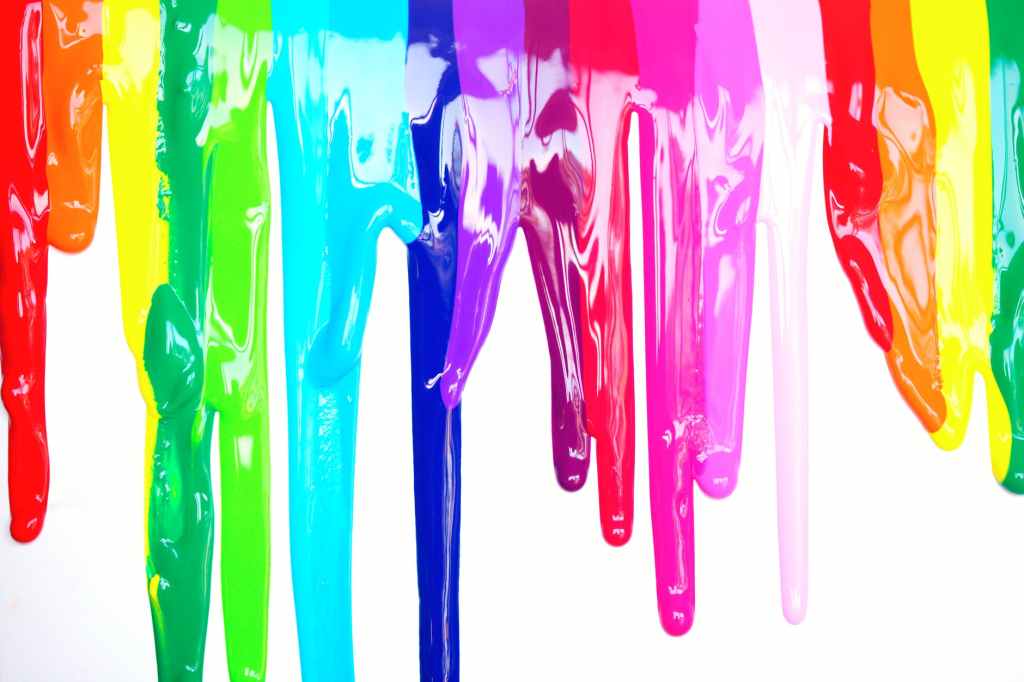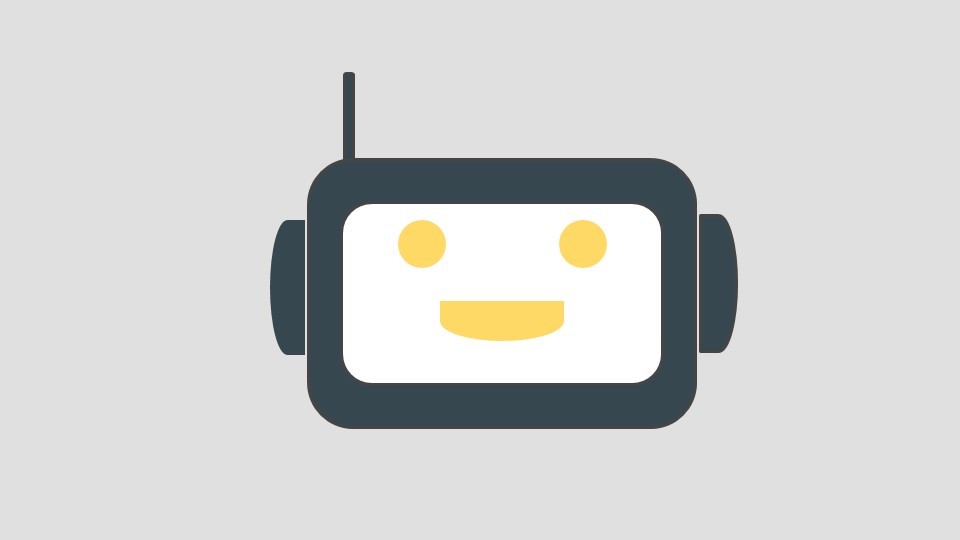I really enjoy creating, sharing, enriching, and maintaining metadata cataloging. Each new digital file is an opportunity to learn something new and a challenge to find the most appropriate term(s) to describe it. I consider cataloging an act of learning and creation, kinda like writing “…a love note to the future” (2011, Scott). Although some folks may dislike cataloging, thinking the process is too time consuming and pointless, they acknowledge that it is one of the foundational pillars of managing digital assets: the work’s just gotta be done.
As cataloguers, we have the important responsibility of producing authentic digital assets by creating and attaching accurate and ethical metadata to the digital files we ingest. But much like other creative endeavors, the process is subjective – I choose words that represent what I think an item is about – and therefore reflects my own opinions and beliefs. With this in mind, I’ve based my decisions on the intended users of the metadata I produce to make it accessible to them. But that’s not always enough.
Recently the Association for Recorded Sound Collections (ARSC) invited the Music and Fine Arts cataloging Librarian at the University of Kentucky, Treshani Perera (2021), to share strategies for prioritizing diversity, equity, inclusion, and social justice in cataloging. Perera described an approach called critical cataloging…
What is critical cataloging?
Let me first start by stating that I am new to critical and ethical cataloging. There remains much for me to learn.
Critical cataloging is the act of “mitigating the ways in which classification and the organization of knowledge codify systems and hierarchies of oppression” (Park, n.d.).
Classification and knowledge organization (KO) are methods information professionals apply to identify and represent information resources, including digital assets. Metadata standards are shared with other professionals so that they can organize and describe resources in similar and consistent ways.
Why we should care
Classification and KO standards have their benefits, but they spread and prop up whatever biases their makers imbue them with (2021, Chan et. al). As an example, look no further than the prototypical Linnaean taxonomy and its inherent racism. Simply put, “[cataloguers] have significant influence over how information resources are represented through the choices [they] make” (2021, Chan et. al). Obviously, we must wield our cataloging superpowers ethically, but how do we do it?
Identify Bias
Acknowledge and be mindful of your role in the process. Critically examine your own worldview, ideas, cultures, assumptions, and values, and how these affect your cataloging. Upon choosing a descriptive term, study what other terms you are excluding. Have you chosen the most appropriate term on behalf of the community you serve and the lives and experiences of underrepresented groups, including those that may have originally produced the resource?
Being a white straight man has an impact on how I catalog: I seldom questioned choosing the Library of Congress Subject Headings (LCSH) classification scheme. Unfortunately, LCSH has been shown to be outdated because it includes outdated and offensive terms and excludes other, important, descriptors (2018, Adler and Harper).
Dismantling Bias
Treshani Perera (2021) makes metadata inclusive and accessible in part by
“Centering the lives and experiences of those from underrepresented and marginalized groups and identities” – (2021, Perera)
This quote appeals to me because it demonstrates an active versus a passive approach to cataloging that prioritizes diversity, equity, and inclusion.
Though incomplete, the following list of actions will help you improve your cataloging game.
- Seek to educate yourself. It shouldn’t be up to the underrepresented and marginalized groups to unveil biases to us. And if they are kind enough to help, consider the emotional labor this requires and pay them fair market value for their work.
- Acknowledge your privilege – everyone has a bit of it. Humility will help you to engage with those who have less privilege or a different type than you. The concepts of humility and empathy are close cousins.
- Consider using alternative classification systems such as the Brian Deer Classification System.
- Help improve existing classification systems. See Violet Fox’s The Cataloging Lab to see how one group is improving controlled vocabularies.
- Adopt a cataloging code of ethics, such as the newly ratified A Code of Ethics for Catalogers.
Conclusion
Through consistent application of standards, we help our users find and access materials. However, we must apply them critically to make cataloging more accessible.
How do you ethically approach your own description work and advocate to make cataloging more inclusive?
References
Adler, Melissa, and Lindsey M. Harper. “Race and Ethnicity in Classification Systems: Teaching Knowledge Organization from a Social Justice Perspective.” Library Trends 67, no. 1 (2018): 52–73. https://doi.org/10.1353/lib.2018.0025.
Chan, May, Jane Daniels, Sarah Furger, Diane Pennington, Beth Shoemaker, and Karen Snow. “Cataloging Ethics Steering Committee Website.” Accessed January 30, 2021. https://sites.google.com/view/cataloging-ethics/home.
Park, Hannah. “Subject Guides: Antiracist Praxis: Critical Cataloging and Classification.” Accessed January 30, 2021. https://subjectguides.library.american.edu/c.php?g=1025915&p=7749829.
Perera, Treshani. “Critical Cataloging: Identifying and Dismantling Bias in Description.” Presented at the Association for Record Sound Collections (ARSC) Continuing Education Webinar Series, January 14, 2021.
Scott, Jason. “The Rise of the Metadata Warrior.” Talk presented at the NYPL Labs, New York, NY, USA, September 28, 2011.





Leave a comment